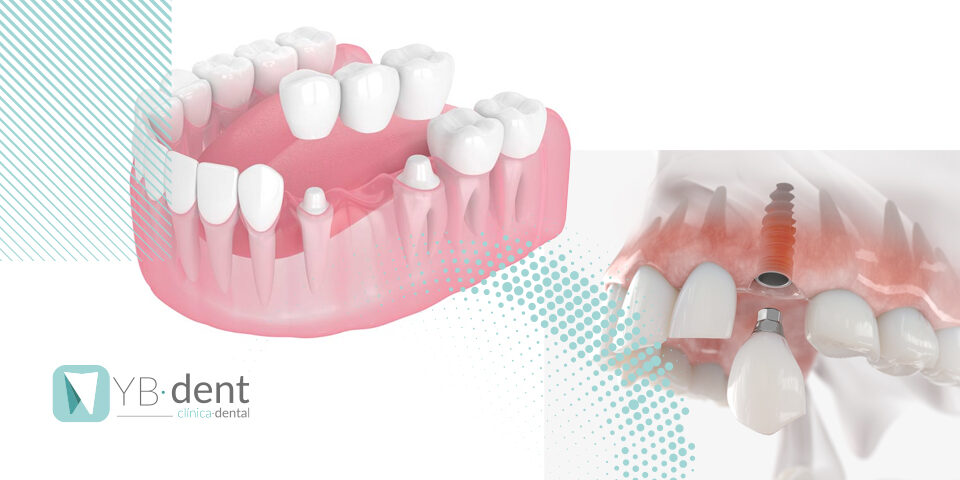Xerostomía o síndrome de boca seca

La saliva es la protección natural que tiene nuestro organismo para mantener el equilibro del pH de nuestra boca. Su ausencia o cambios en sus características representarían un problema importante de salud.
La boca seca puede ser una sensación pasajera, pero si notamos la falta de humedad en la boca durante la mayor parte del tiempo, estaremos hablando de xerostomía. Pero, ¿qué es la xerostomía?, ¿cómo se puede combatir?
La xerostomía, también denominada síndrome de boca seca o hiposialia, es un desorden revestido de cierta complejidad caracterizado por una disminución objetiva en la producción de saliva de la cavidad bucal.
La persona que lo padece tiene la sensación de tener la boca seca e incluso de ardo a quemazón. Sensación que puede provocarse por diversos factores como las pautas de hidratación, alimentación, el consumo de fármacos o los cambios hormonales.
Existen dos tipos de xerostomía:
Xerostomía reversible
Se caracteriza por registrar una actividad glandular residual donde la secreción salival puede ser estimulada o regulada, producido por medicamentos, estrés, dieta desequilibrada o deshidratación.
Xerostomía irreversible
Se caracteriza por un daño irrepetible a nivel glandular que impide su funcionamiento.
Causas de la xerostomía
Según el Consejo General de Dentistas español, la xerostomía tiene una prevalencia de entre el 20% y el 40% de la población y suele afectar al doble de mujeres de edad que hombres, personas de edad avanzada y polimedicados.
Las causas más comunes que pueden desencadenar este síndrome son:
- Consumo de alcohol.
- Enfermedades como la diabetes, el Parkinson y la artritis, así como algunos procesos psicológicos como la ansiedad, depresión o anorexia nerviosa.
- Medicamentos como los antihistamínicos, antidepresivos o contra la hipertensión arterial.
- Quimioterapia y radioterapia (4 de cada 10 pacientes en tratamiento de quimioterapia padece xerostomía.
- Los cambios hormonales
- La menopausia
- El estado de ánimo
En definitiva, la xerostomía no es exclusivamente una enfermedad, sino una situación clínica a la que se llega por múltiples causas, anteriormente mencionadas.
Problemas que puede causar la xerostomía o síndrome de boca seca
Combatir la xerostomía o síndrome de boca seca es importante, porque puede ocasionar molestias. La presencia de la saliva en la boca es importante para mantener humedecidos los tejidos orales, facilitar el hablar y la deglución, así como llevar a cabo la limpieza de la boca y regular la acumulación de bacterias.
¿Qué sucede cuando se pierde ese equilibrio? Pueden aparecer enfermedades de la mucosas y encías, caries, sensibilidad dental, úlceras bucales, halitosis y hasta infecciones de la cavidad oral.
¿Cómo se puede tratar la Xerostomía o síndrome de boca seca?
El tratamiento de la xerostomía requiere primero analizar las causas y cómo se pueden solucionar. Para empezar a solucionar este síndrome es necesario intensificar la higiene bucodental, hidratarse correctamente bebiendo entre 2 y3 litros de agua, no carbonatas ni azucaradas, al día. También suprimir el consumo de bebidas alcohólicas y con cafeína, estimular la salivación masticando chicles sin azúcares cariogénicos o chupar comprimidos de parecida composición, utilizar enjuagues bucales sin alcohol para combatir bacterias y estimular la salivación y respirar por la nariz, no por la boca.
Sin embargo, en ocasiones la sequedad de la boca puede ser ya irreversible. Para esto es importante tomar las medidas ya mencionadas, pero además optar por otros tratamientos como fármacos, sustitutos salivales, geles fluorados para el cepillado de dientes y de colutorios con clorhexidina.
Diagnóstico de la Xerostomía o síndrome de boca seca
- Sialometría: Mide la cantidad de saliva
- Biopsia de glándulas salivales: Observa la presencia de inflamación y destrucción de tejido glandular salivar.
- Ultrasonido
- Resonancia magnética
- Tomografía computarizada
En Ybdent cuidamos de tu salud bucodental para que puedas lucir la mejor de tus sonrisas. Te aconsejamos en todo momento y miramos siempre qué es lo mejor para ti. Realizamos consultas personalizadas en función de las necesidades de cada paciente para ofrecer la mejor de las soluciones.



